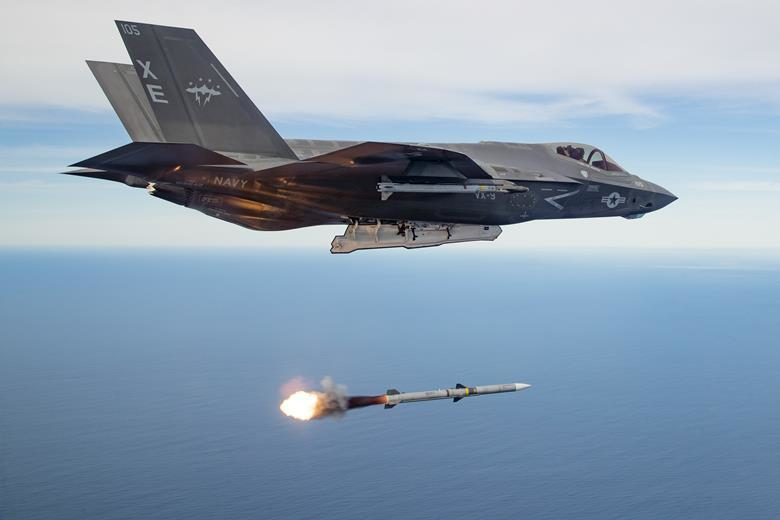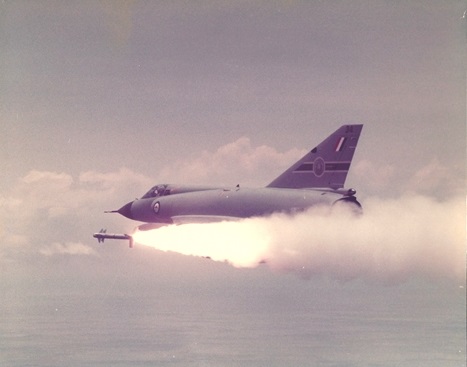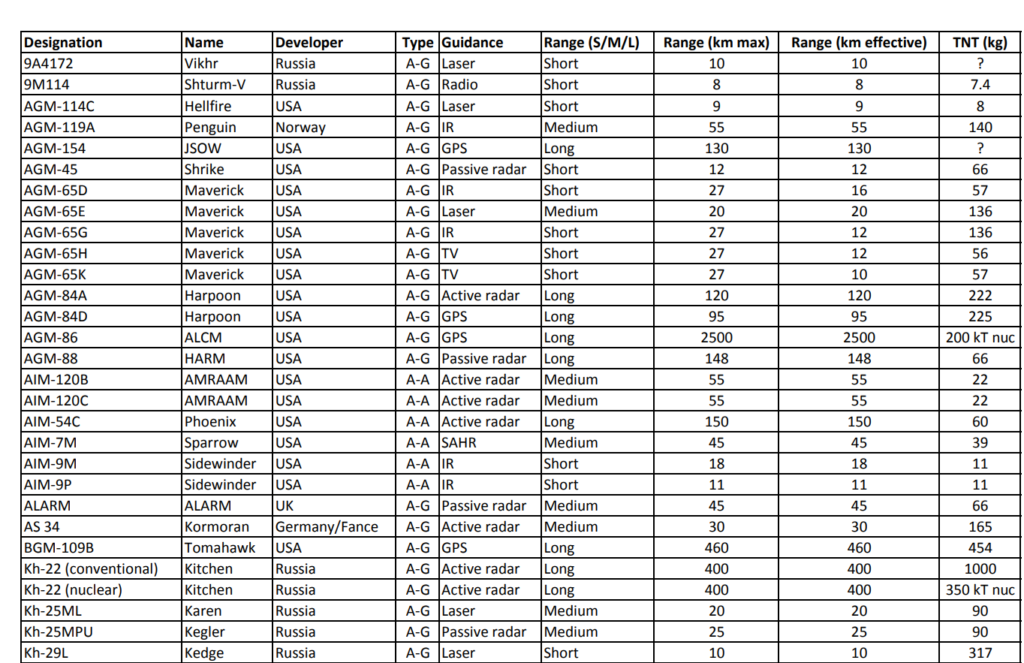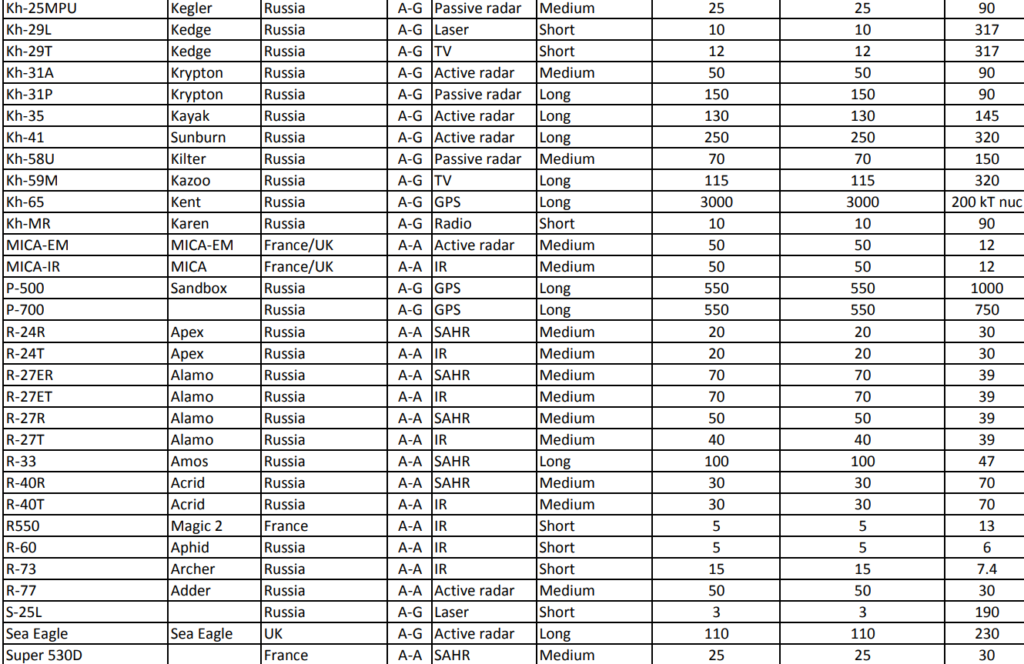DCS World Missile Survival Guide!
DCS World Missile Guide – Missile Effectiveness.
DCS World Missiles are a big part of your modern air to air fight. This missile guide is here to get you up to speed in a basic fashion what all these angels of death bring to the table.
There are reasons for carrying a mix of missiles because you will encounter targets at varying ranges and altitudes. You need to bring a mix and have knowledge on the range you can employ missiles.
The effectiveness of missiles is relevant to both your launch speed and the air density. We will discuss this more very soon.
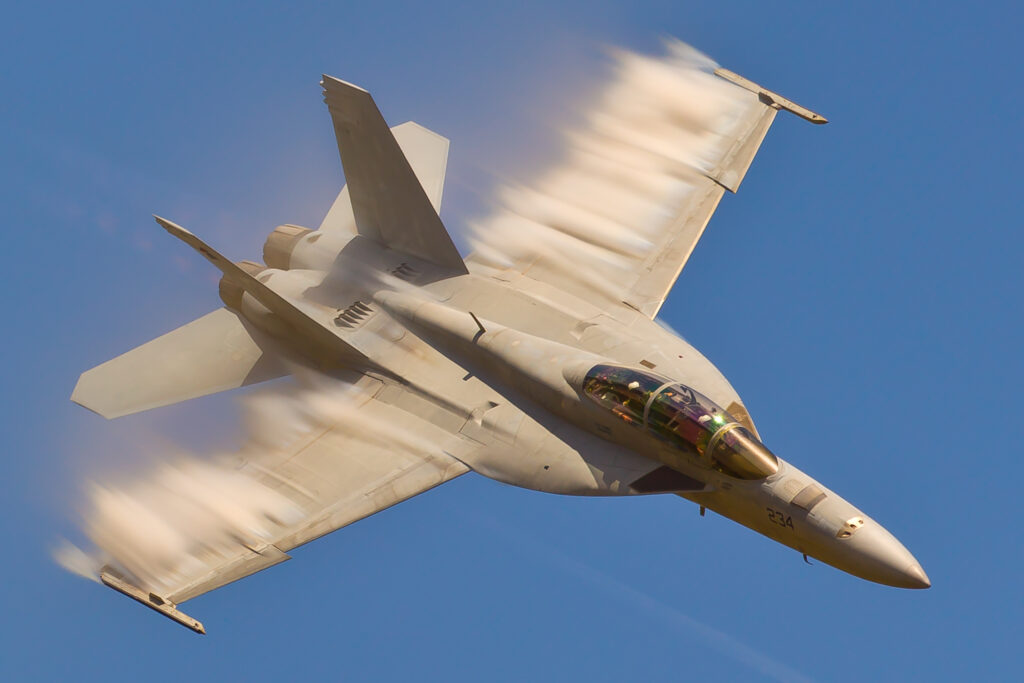
Types of Missiles in DCS World – Infra Red or IR – ASRAAM,
Missiles come in an assortment f sizes and ranges with rocket and sometimes scramjets as well. They can hit you in a close dogfight even if your not in front of the enemy aircraft and if your 100K’s away.
The short range agile missiles of today referred to as ASRAAM Advanced Short Range Air to Air Missiles have seekers that search for infra red signals. They searching the sky for heat sources from engines as well friction on aircraft surfaces like leading edges of wings.
They can see it all unlike the early variants that needed a hot engine and a rear aspect firing solution. Today with helmet mounted sights if the pilot case see you he can likely kill you.
Types of Missiles in DCS World – MRAAM .
The next level of missiles are the medium range Semi Active Missiles which rely on the search aircraft to lock the target with its radar to fire the missile. The radar returns are then seen by the missile seeker head and it tracks to the target. If the launch aircraft loses lock at any time these missiles become expensive lumps of metal and explosive at Mach 2.5.
These missiles as the AIM-7 Sparrow for example and have a range of 10 to 20 Nm in ideal conditions. They have a good record in modern times but were very much ineffective when first produced back in the time of the Vietnam war.
DCS World Missile – BVR – Beyond Visual Range Missiles.
BVR Missiles are weapons that come with active seeker heads, that is their own functioning radar right off the rail of the missile launcher. These missiles have ranges from 50 to over 100 nm.
The first missiles like the AIM-54 Phoenix being one of the first examples of a missile that traveled up to Mach 5 and over 80,000 ft. This death falling from the sky at previously unknow distances were launched by F-14 Tomcats and are available in DCS as a popular choice.
Can I survive a Missile Launched at Me?
If your new to DCS World let me say that a missile launch is not a death sentence. Missiles do actually miss quite frequently and there are techniques you will be guided with here and in my situational awareness blog that can help you be the pilot that survives all be it with practice. Timing is everything with a BVR (Beyond Visual Range) engagement. My combat survival guides may also be of assistance learning to survive missile launches and air combat in DCS World.

DCS Missile Guide – Survival factors.
Surviving missile launches is a matter of timing and energy management. If your high altitude and high speed you can launch missiles a long way with your aircraft speed adding to the missile speed for more range. Launching from altitude means thin air and less resistance. In defending you can dive to denser air causing the missile to slow down faster and make it less likely to hit you.
DCS World Missile Guide – Basic Missile Avoidance
Missiles don’t follow you like we see in many air combat movies. Makes for a great scene but its totally inaccurate. Missiles lead you attempting to find a collision point out in front of you. Each time they turn they lose masses of energy and the chance of them hitting you drops.
If a missile is fired from in front of you you can turn right and fly for a period of time allowing the missile to program a point in space out in front of you to intercept you. You then turn the other way making the missile reconsider and reprogram a new intercept point in the sky.
You can just make the missile lose so much energy it cant hit you. This takes some practice and timing is very important.
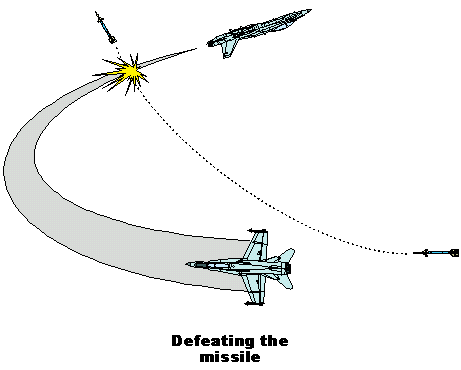
Countermeasures – What is Chaff?
Decoys in the form of chaff which has been around since WWII when it was first used to block radars. Chaff has to be cut in specific lengths to reflect specific frequencies of radar emitted radiation. It simply sends a reflected signal back making the actual target hard or impossible to define for the missile in this case.
When using chaff you need to dispense and move your aircraft away from the cloud so the missile looks at the very large juicy target and not you as a now much smaller target.
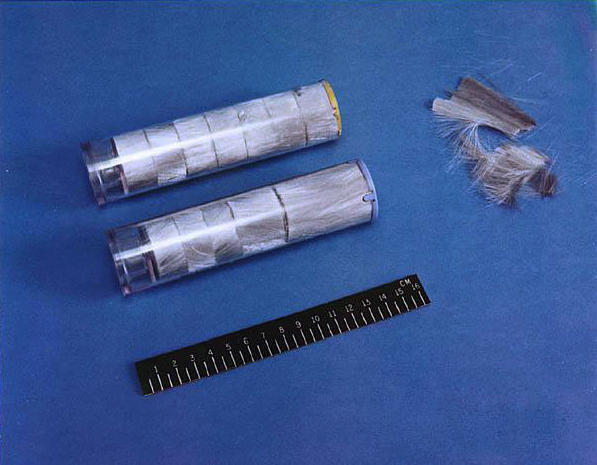
Countermeasures – What are Flares?
Flares are another decoy method employed against IR or heat seeking missiles. The aim of these very hot balls of flame ejected from dispensers in the aircraft fire back and away from your engine. The idea is the very specific heat radiated from the flares is tuned like the chaff above. Its emitting a specific engine temperature range but more concentrated.
Firing flares when an Infra Red Missile like an AIM 9 Sidewinder or AA-10 Atoll IR missile are fired at you requires you to again launch flares and then turn away from your location and removing the big afterburner signature your probably emitting in a fight. Make the flares more attractive than your aircraft heat signature.
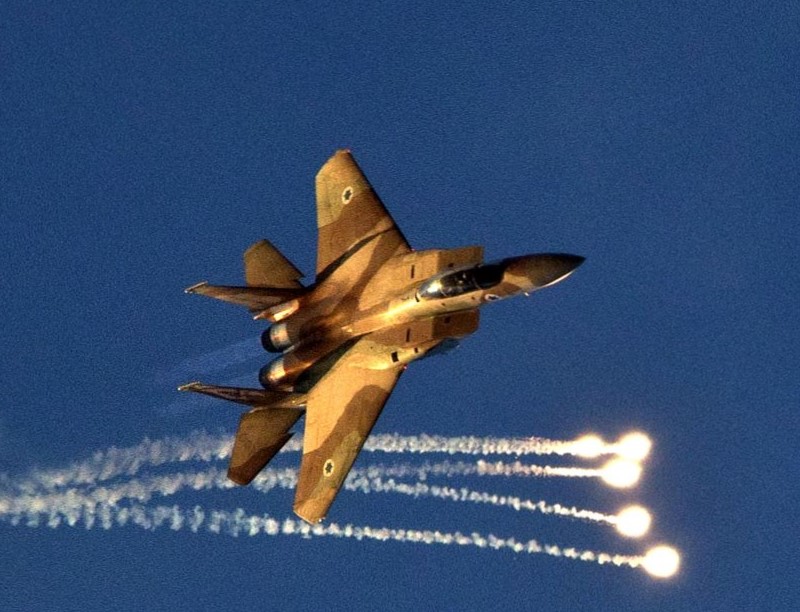
Countermeasures use in DCS World.
DCS World pilots survive many close calls especially with IR missiles like the Archer -10and AIM (X which can hit you from any angle as they can be launched by the pilot through helmet mounted targeting systems. If they can see you they can generally launch a missile at you.
Perflating is a common tactic. This is launching flares as an enemy aircraft is turning into an aspect where it could launch a heat seeking missile at you. This is a common tactic by good players like Growling Sidewinder on his channel. Very worth while if your new and learning about DCS World Combat tactics and basics.
What is Notching – Radar Defeating Technique.
Notching is a technique to defeat a missile attack by removing the aircraft is a target and guiding from the launch aircraft radar search. Radars currently use a doppler pulse which comes out and bounces back to the launch aircraft. It measures distance from you and as this increases or decreases the aircraft can see you.
If you move at 90 degrees to the searching aircraft the doppler shift as its known is lost because your relative distance is not changing. You can simply disappear off the radar.
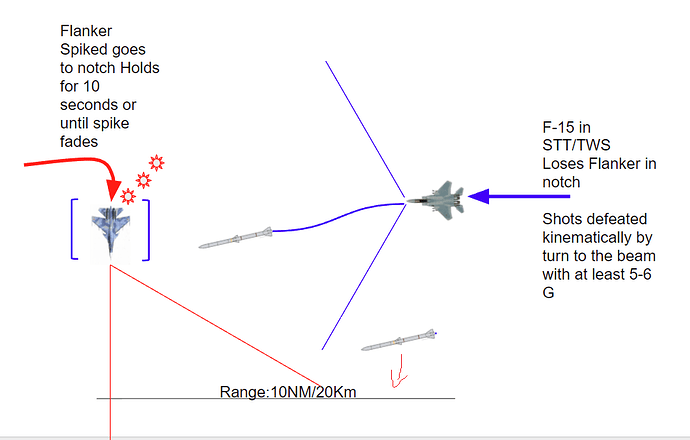
DCS World Missile Avoidance – Cranking.
Cranking is another technique to avoid a missile attack from your enemy. If your at low level its simply a turn to say 45 degrees from the attacking aircraft. When you do this the attacking missile has to lead you and it is turning in everdense air as it decends if fired from high altitude. The turn is maintained for a period of time so the missile can get establshed and use up valuable energy turning to create an intercept point ahead of you.
You then turn back the opposite direction about 40 degrees from your attacking target and with this the attcking missile is drained of its energy and if done correctly fails to reach you.
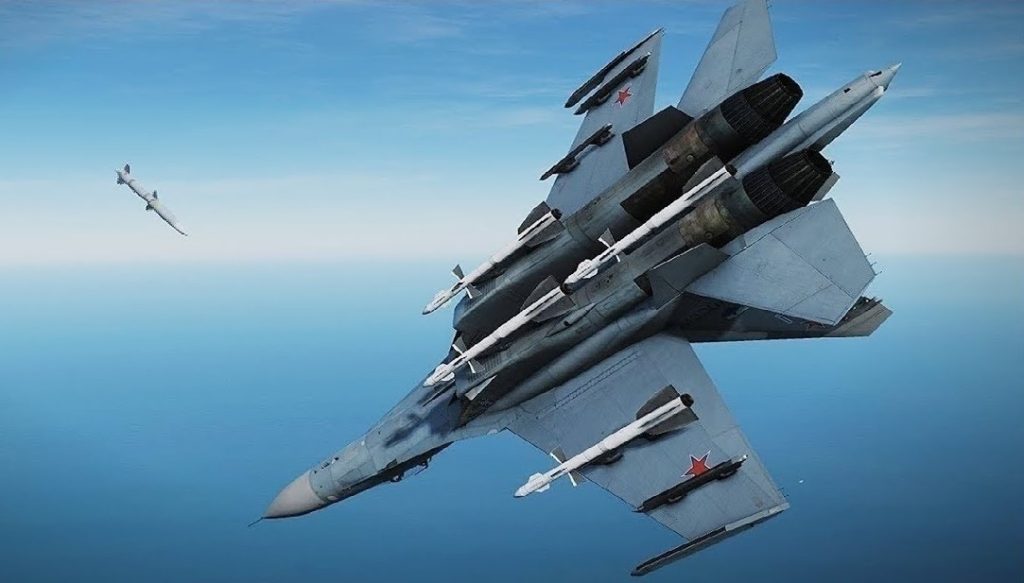
The Wez – Weapons Employment Zone – What is it?
The Weapons Employment Zone or WEZ is an area surrounding all fighter aircraft where you are to close to employ a missile. In this area you are safe from a missile launch as the missile needs a very short amount of time to become active once launched.
It arms after it senses an amount of G acceleration and other factors. This keeps the launch aircraft pretty safe should it fail and explode.
Yes this has happened. If the contact ring on the nose fails and the missile thinks its hit something it will explode as soon as it arms. I personally was involved when a Matra 550 exploded in front on my CO on launch. The contact rings failed and he came back looking pretty white with shock. It was pretty close to his aircraft.
Missile Launch Failure!
Yes this has happened. If the contact ring on the nose fails and the missile thinks its hit something it will explode as soon as it arms. I personally was involved when a Matra 550 exploded in front on my CO on launch. The contact rings failed and he came back looking pretty white with shock. It was pretty close to his aircraft. Herse the full story if your interested.
Jamming the WEZ – Missile Survival Tip.
In DCS World combat you can jam the opponents WEZ if they are turning toward you and about missile launch on you. If you keep close to them they cant launch but they could still guns kill you. Be ever aware of the nose position of the aircraft.
Its a knife fight in a telephone booth sort of situation so keeping the opponent close and in view is important to survive. Pre flaring again may be worthwhile to ensure the missile looks at something else juicer to hit when there is a missile launch.

Fox 1- Fox 2 – Fox 3 – Terminology
Its likely that you have heard the term Fox 1 /Fox2 / Fox 3 in DCS World and maybe you were not sure what this was all about. Launching Air to Air weapons pilots call these code words to let pilots know there is a missile in the air.
Fox 1 refers to the semi active missiles like the Aim-7 Sparrow missile.
Fox 2 refers to IR short range missile.
Fox 3 Refers to active radar capable missiles like the AIM-120 Amraam and Aim-54 Phoenix for example.
Air to ground missiles are also given specific codes but we will cover this in an air to ground missile post.
Air To Air Missile Range Comparison Quick Guide.
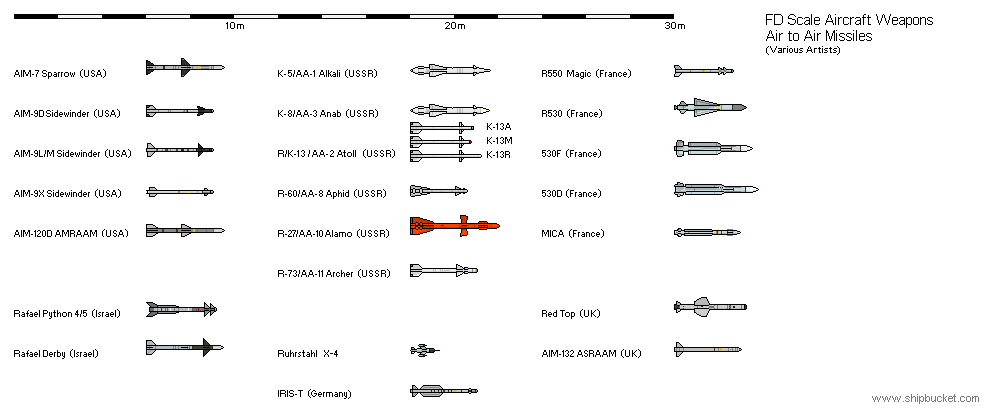
IR Missile Range.
Infra Red Missiles or IR heatseeking missiles today have some quite impressive ranges and generally this is still quite secret. There can often be different rocked engines for general use and war use which may or may not have more range.
Imaging Infra Red Missile – A New Breed.
Many new missiles are including new technology like Imaging Infra red seekers which can also be displayed in the aircraft cockpit as an additional sensor. This type of IR Seeker is more able to filter out flares and decoys than traditional IT seekers.
Thrust vectoring is also a new feature on the latest air to sir missiles giving them unparalleled turning performance. These new missiles turning performance far exceeds anything previously possible.
Lock after Launch is a new feature also incorporated in the newest of many missiles. These can be launched and find their own target autonomously. This is a scary feature as an enemy aircraft. This allows targets outside the seekers view to be locked after launch.
AIM 9X Sidewinder Missile.
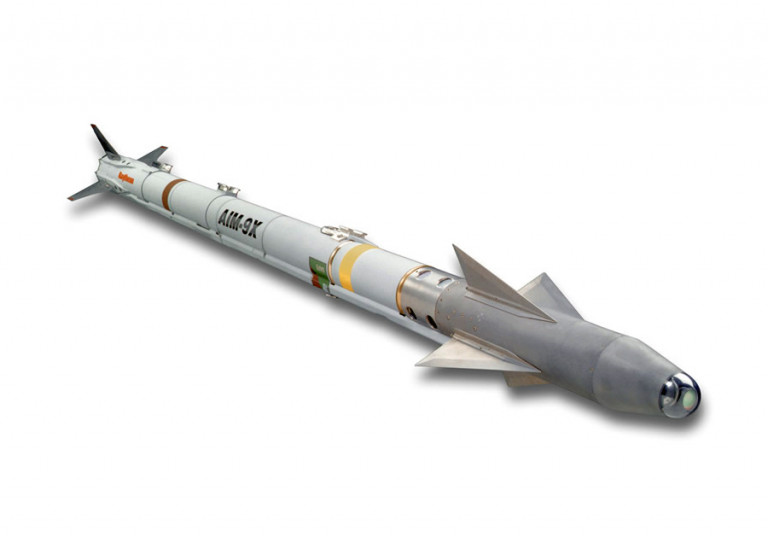
The Aim 9 family Infra red seeking missiles have been a mainstay for the west for years. The latest Varian is the AIM-9x has a range of about 20 nm in DCS and is targeted with a Helmet Mounted Cueing System. It has better than 2.5 plus Mach speed and all aspect targeting and proximity fuse.
R-37 – AA-11 Archer.
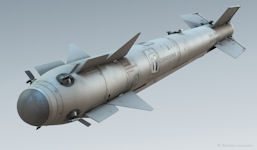
The R-73 or AA-11 Archer is a short range all aspect missile with a helmet mounted sight for targeting. It has a range of 20 to 25 Nm depending on model. It has a top speed of 2.5 + Mach. A very capable missile in DCS World.

The Mica is a French air to a Missile comes in Imaging Infra Red as well as Active Radar Models. These have Mach 4 speed capability and a range of over 40Nm which is impressive. This may be the Radar version only.
The missile has lock after launch as well as IR imaging seeker as well as thrust vectoring for superior turn performance.
Semi Active Missile Range
Semi Active Missiles require a constant signal from the launch radar for the missile to intercept the aircrat target. These missiles are really more the older generation like the Aim-7 Sparrow. Newer fire and forget missiles are becoming more popular for obvious reasons but they exist and you may use them in the right situation.
Semi Active Missiles.
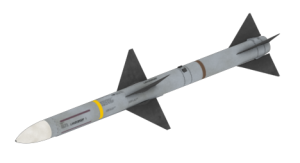
The Aim-7 Sparrow Semi active missile requires guidance from the launch aircraft all the way to impact. If lock is lost then the missiles will not hit its target. Early models had a range of 25 Nm with a speed of 2.5 Mach with latter models reaching Mach 4 and 53 Nm in range. Widely used on Western aircraft in DCS world.
Active BVR Missiles.
Active fire and forget missiles are becoming the norm although they can use the launch aircraft for initial guidance and a mid flight GPS data update can take over and lock as well as kill the target autonomously when needed. They can also be used in DCS at least at relatively short ranges if needed.
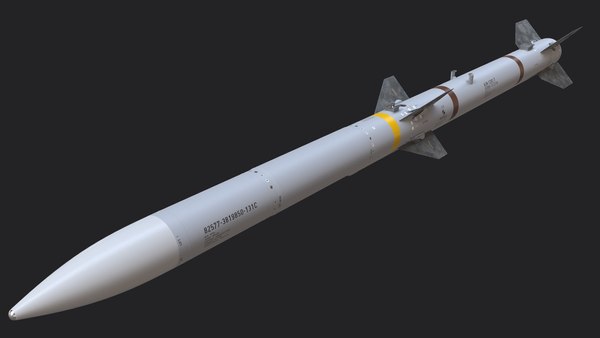
AIM-120 Amraam is a fire and forget long range BVR missile. This missile with a published range of 40-50 Nm this weapon is also formidable. F-16s at high speed and high altitude score 50Nm kills in DCS regularly. Semi active initial phase going active in the final phases of flight. This is called pitbull and the launch code is Fox 3
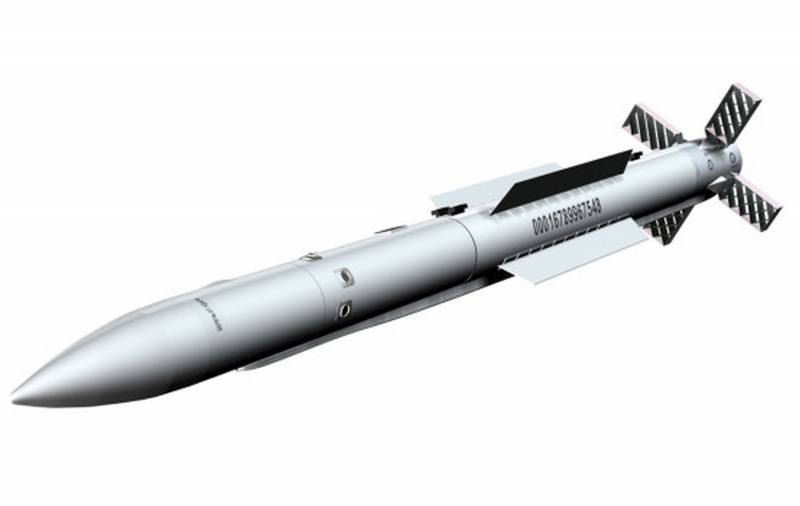
The Aim 54 Phoenix is a long range beyond visual range missile with impressive range and performance. It is loaded to the F-14 Tomcat in DCS World and can score kills at 100Nm.
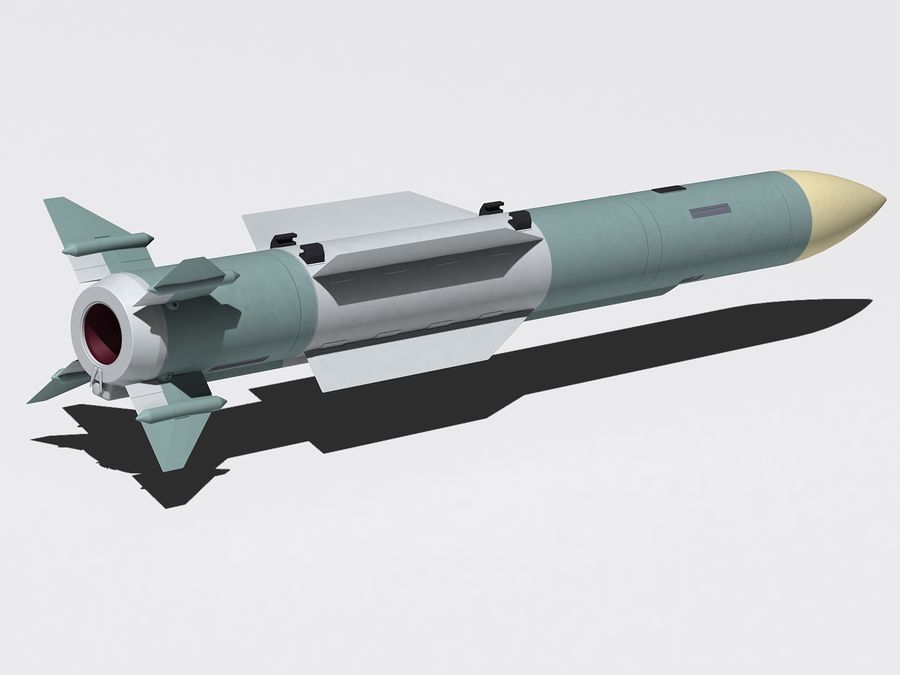
The R-37 Missile is a vey long range missile with a 150Nm range at a speed of Mach 5+.
The AA-13 Arrow is a formidable weapon. Initially launched with active radar guidance getting a data link mid course update before going fully active closer to the target. It has a huge 60Kilo warhead and if carried on Mig 31 Interceptors. It a close kin toe the Aim 54 Phoenix. Formidable weapon not yet in DCS.
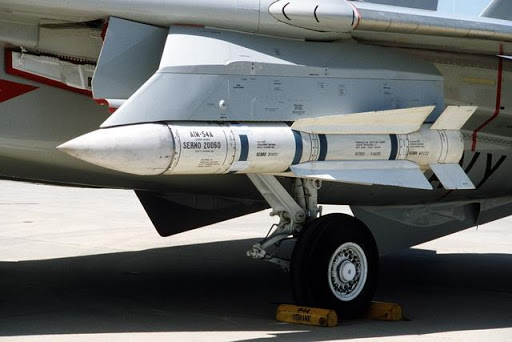
The Aim-54 Phoenix missile carried on the F-14 Tomcat is also a large and powerful weapon. Its range of 100Nm at a speed of Mach 5+ and a flight ceiling of 100,000ft. Its warhead is 60 kilo making this a dangerous weapon. The weapons guidance is semi active with the tomcat guiding it most of the way with it going active or Pitbull and active radar seeking in the final phases of flight.
All Missiles in DCS World.
There are an enormous amount of missiles available in DCS World and Skeeter has made a downloadable list on PDC which you can download HERE if you wish from DCS World.
LetsFlyVFR Missile Guide is intended to be of a general knowledge level allowing DCS World pilots to have a quick understanding of what missiles as well as missile guidance and avoidance tactics can be used against a missile attack.
I hope you found it useful. If you have any questions or comments please leave me a comment.
Regards
Gunie
LetsFlyVFR YouTube Channel
As an Amazon affiliate I may earn commission from qualifying purchases.
Author.
Brendon McAliece is a multi lingual-expat who brings over three decades of flight simulator/PC building experience as well as over two decades of real world jet fighter experience as a weapons/egress technician. He holds a sport pilot certificate giving him real world flying experience. Hi travels have taken him from Europe to the Middle East, Asia and his home of Australia. He has a passion for travel, languages, flight simulation as well as guitaring and coffee. You can read more in his blogs below.
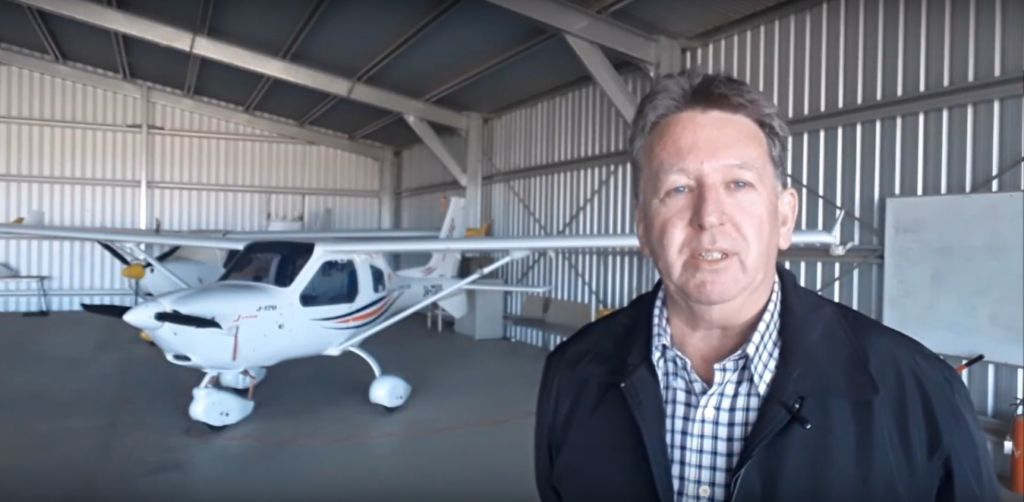
Learn more @
DreamingGuitar.com – DreamingCoffee.com – LetsFlyVFR.com
As an Amazon affiliate I may earn on qualifying sales.

